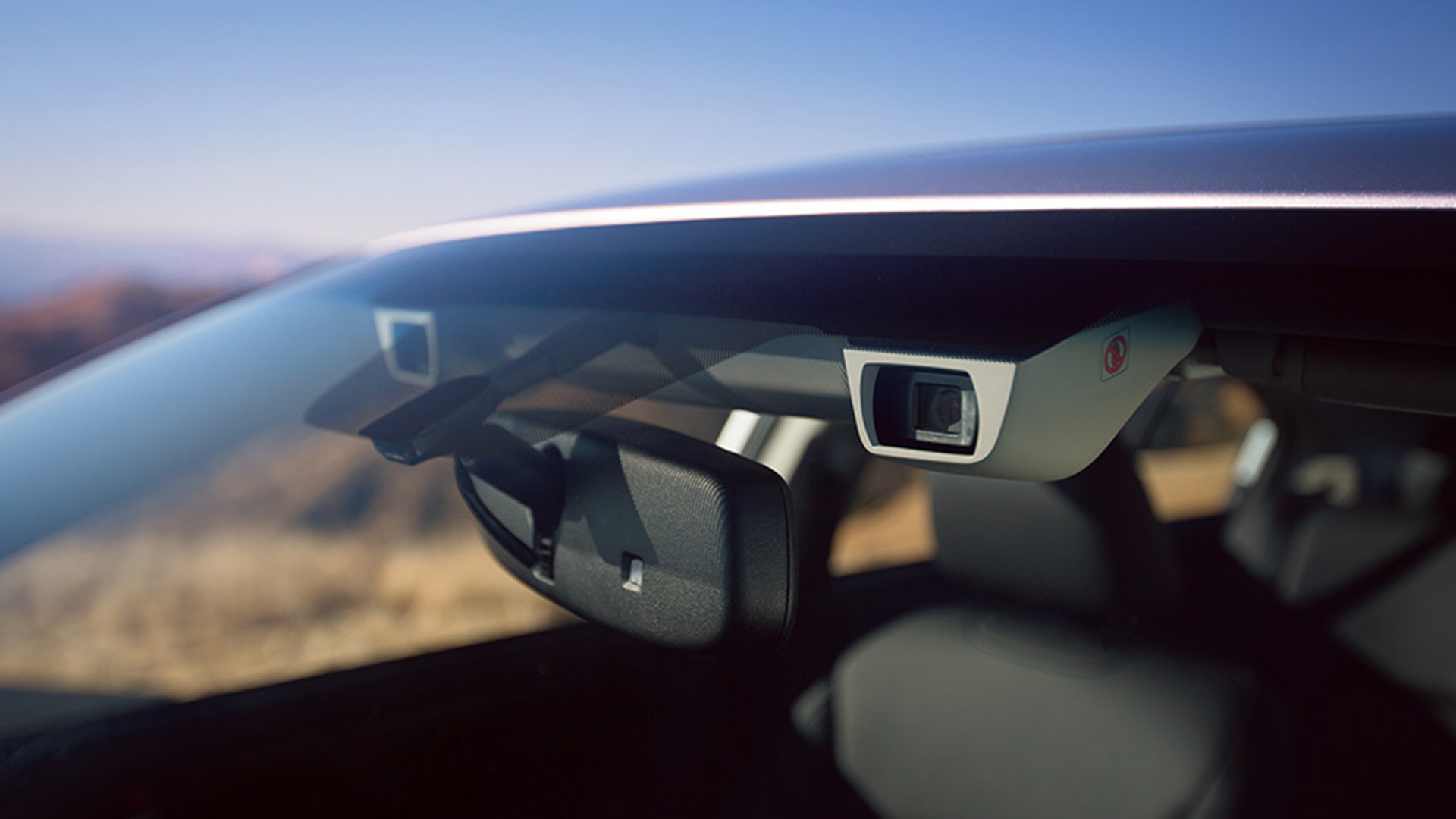

Fuji Heavy Industries, Subaru’s parent company, has teamed up with IBM Japan to improve the carmaker’s driver assistance systems. EyeSight is the name of Subaru’s stereo camera setup that identifies other objects on the road to enable collision avoidance, on top of detecting lane markings and other vehicles to enable lane-keeping assist and adaptive cruise control. According to a study by Japan’s Institute for Traffic Accident Research and Data Analysis (ITARDA), EyeSight-equipped Scoobies get in 50 percent fewer overall accidents.
The big splash Fuji plans is a tie-up with the IBM Watson Internet of Things (IOT) for Automotive. The computer maker created a specialized IOT division headquartered in Munich, Germany, and two of the four cognitive learning specialties the division focuses on are machine learning and video and image analytics – the raw data most relevant to vehicular applications. The knowledge from that division is utilized by another division IBM set up, IOT for Automotive, aimed squarely at car-based applications. This is all about putting cloud-based artificial intelligence – and ultimately, car-to-car communication and autonomous driving – into Subarus. It’s a similar partnership to the one Toyota recently cemented with Microsoft, using the massive processing power of the Seattle company’s Azure cloud computing platform to, paradoxically, free us from technology. Toyota has also talked about using IBM’s TrueNorth neuromorphic chips to power “guardian angel” driver assistance systems. Not to be left out of the computing lovefest, Honda uses IBM Watson IOT to improve the engines it builds for the McLaren-Honda Formula 1 team.
The collaboration has already begun with a data analytics pipeline to process test images captured by Fuji’s driver assistance systems. By using Watson – cancer fighter, Jeopardy! winner, and polyglot among other things – Subaru engineers can manipulate vastly more data much faster, speeding up evolutions of EyeSight. Fuji wants the supercomputer to eventually help it reach a goal of “zero car accidents.”